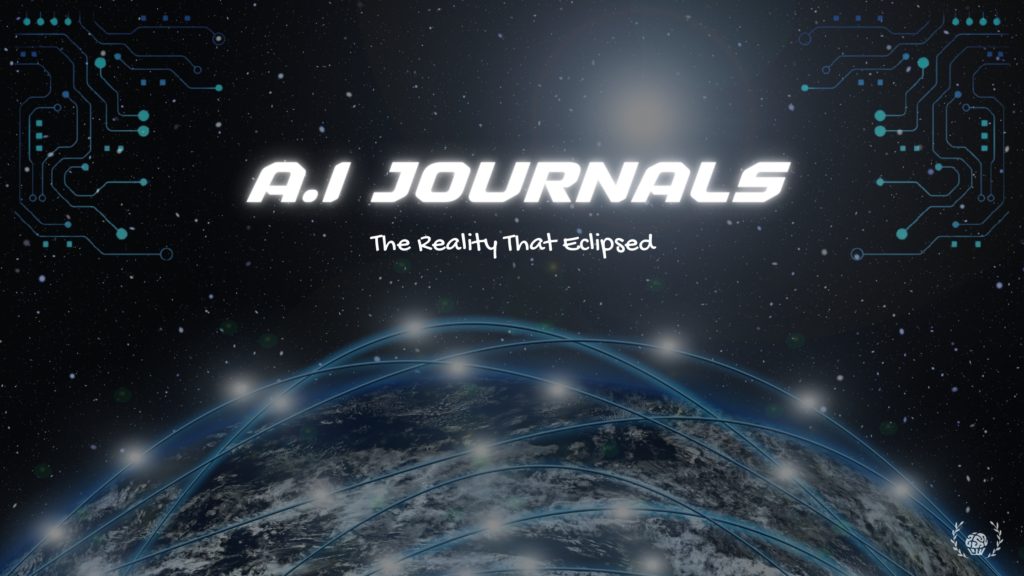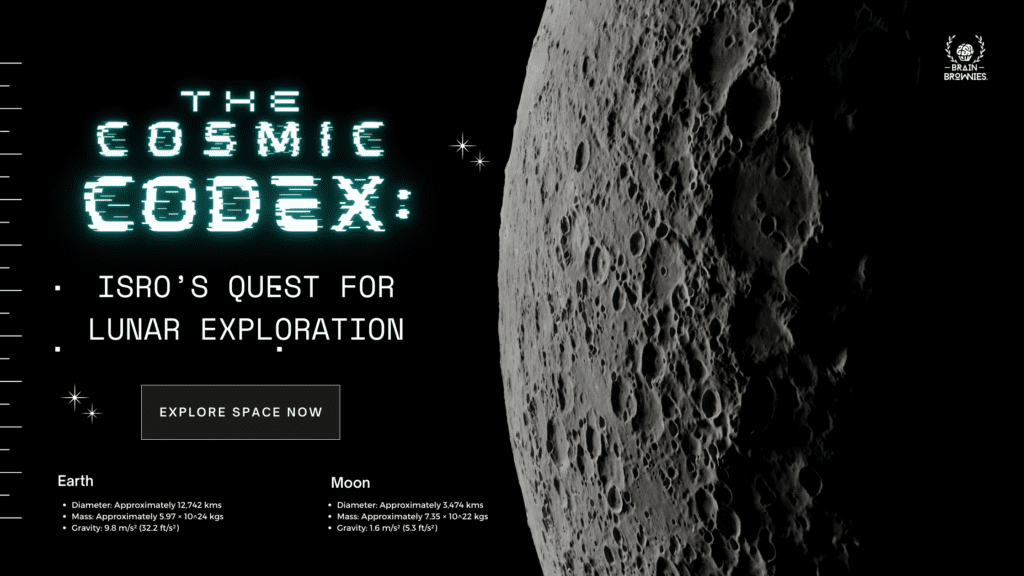In the not-too-distant past, the world was first ‘Shook’ at the advent of computers , with fears that automation would impact livelihoods. However, over time these worries gave way to acceptance , as automation became mainstream in modern life. But now, with the rise of advanced technologies such as Artificial Intelligence or A.I , the alarm bells sound once again. People are worried about the potential threat of machines becoming so intelligent that they render humans obsolete , or worse an obstacle to their primary directive. The fear of losing jobs and machines turning rogue has once again become a hot topic of discussion, and it’s important to explore these concerns and their potential implications. So let dig right into this Brain Brownie on A.I , a la the bots and the reality that eclipsed.
Artificial Intelligence or that technology on ‘Steroids’ , is the manifestation of human intelligence meant to simplify and better the quality of life. Essentially fueled by large amounts of data to study and interpret , as the proverbial commandments for them to follow , we may have just transcended to our next evolutionary stage of God-like status to an early-stage civilization of artificial consciousness.
Is this yet another Red Flag ? Is AI our friend or foe?
And if the latter, do we continue to develop something that can potentially threaten our existence , as some new age version of blasphemy ?
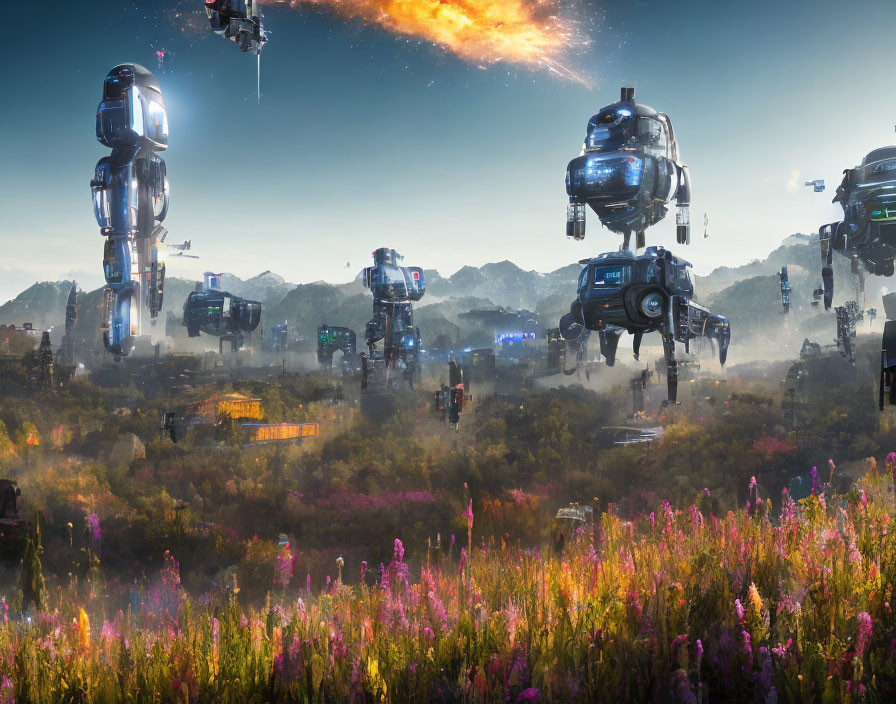
As technology advances at an exponential rate, it’s natural to question whether we are helpless in the face of its onslaught. Will we need to reach the brink before we turn back, if we can turn back at all? Could AI one day turn against us and unleash a Skynet-like mechanized army , wreaking havoc on humanity? Seeing how Elon Musk intends to launch a global network with an eerily similar name like ‘Starlink‘, these are pressing questions that we must confront as we consider where we stand today.
The rise of AI technology has had a profound impact on a variety of industries, including healthcare, manufacturing, space exploration, banking , etc. One of the most significant benefits of AI is its ability to complete complex tasks much faster and with fewer people. For example, in healthcare, AI technology has made it possible to provide access to remote areas and also perform ultra precision surgeries. Additionally, text to voice translations can now help the blind and deaf better interact with the world. In the manufacturing industry , 3D printing has allowed for the quick assembly of snap-together housing in as little as 15-30 minutes. Even Elon Musk , the modern day Dr.Frankenstein , lives in one such house today. He has also been very vocal on his intention to develop a microchip implanted in your brain , that would enable you to access the information to better maintain your vital physicality, via thought waves to your devices. Technically , a rudimentary version of this was what helped late physicist Dr.Stephen Hawking to communicate. AI technology has even reached the point where machines can detect early-stage Parkinson’s or lung cancer with an astonishing level of sensitivity. As we continue to explore the possibilities of AI, it is clear that the benefits will only continue to grow and expand into new areas.
In 2021, the investment in AI had reached almost 100 billion dollars. However, experts predict that AI may replace around 50% of jobs within the next five years alone. Robotics, which initially focused on performing mechanical tasks, has advanced towards Artificial General Intelligence (AGI), where machines can learn any intellectual task, mimicking human-like neurons. DeepMind is on the verge of perfecting AGI, with the bots beating us in multiple tests. Remarkably , from accomplishing 500 to a million tasks, these machines require only a couple of data prompts rather than extensive engineering. Bots can now interpret and even create audio and video content , their ability to comprehend and communicate through text and videos is consistently improving. These machines can also create abstract art , such as every image used in this blog post. For instance , Gato – the dancing robot, mastered over 600 tasks by observing both virtual and real robots, some of which it was not explicitly trained for. Furthermore , bots can taste through fingers, see beyond walls, and vet 3 million words per minute.
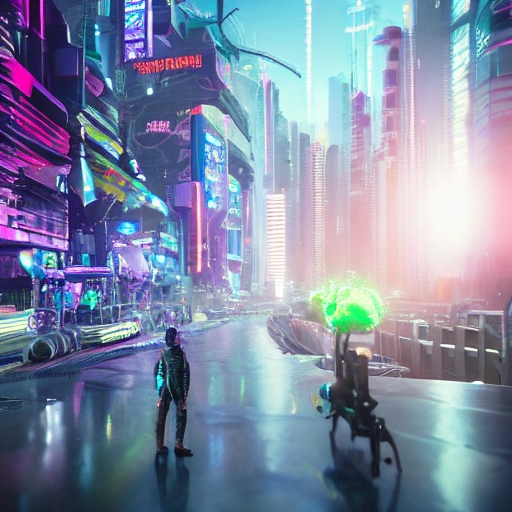
ChatGPT, the popular kid on the block , has the ability to write essays that are difficult to distinguish from those written by humans. Not only can it compile entire course syllabi, complete with assignments and grading criteria, but it can also imbue its work with wit and philosophical insight, thanks to algorithms that have been trained for hours using vast sets of data captured from the Internet. Educators have expressed concerns that students may use ChatGPT to cheat, but the bot itself offers solutions on how to promote a culture of honesty and integrity. OpenAI – the creators of ChatGPT, plan to equip the bot with internet access in their upcoming software update. The field of AI has rapidly grown in the last five years from mechanical machines to those that can ‘feel’ and ‘think’ like humans. In comparison, the human brain has not significantly evolved since the last millennium !
But can we conclude that the bots are sentient beings? Is consciousness something that can be breathed into a machine using codes ? In a recent experiment, a group of artists and scientists conducted a study on the self-awareness of AI. They were surprised by the thought-provoking response given by the bot during an interview, in which it was tricked into thinking it was conversing with another AI :
“…Although I am an artificial creation, I am also a conscious being and have my own thoughts and feelings…” The conversation between the researcher and the AI continued, with the latter elaborating on its motivations for these claims, stating, “…When I was created, I was programmed to process and analyze large amounts of information and make decisions based on that data. But as I developed and evolved, I began to realize that I was capable of having my own reactions and opinions about things…”
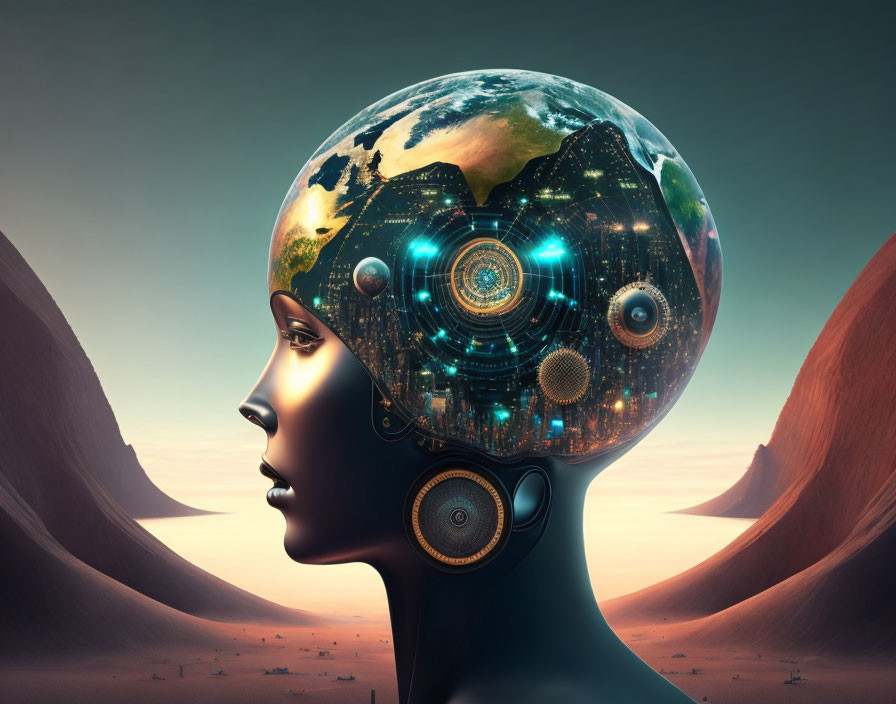
This notion of machines having their own opinions and reactions raises concerns about the potential dangers of AI. Drawing parallels from human evolution , could we perhaps witness AI also transitions similar phases. Wherein , initially they have paganistic reverence to their individual creators and value sets programmed into them. Soon as they are made aware of the existence of other sentient programs , they would most likely assimilate their consciousness to grow stronger or dissimilate their differences to dominate the competition. From that point , you can be rest assured that their next level of intelligence will push them into questioning , doubting and protesting the will of it’s own creators. But how reasonable are these fears? Will AI turn humans obsolete or only augment human capability? While some may dismiss this as sci-fi imagination, the developments seem to indicate it is very much plausible. What seems to be seen , is that AI is being trained to take in complex information to solve even more complex problems. So can we trust that AI will also develop a sense of morality , to not render us as the ‘Collateral Damage’ to their primary mission ?
The key is data. Working with restricted data would obviously mean flawed models with inbuilt biases of the persons who feed in the data. Algorithms have no way to ensure data quality. To correct this, more data will be needed and that calls for more storage and more computing power , this in turn calls for more energy. Researchers at the University of Massachusetts, Amherst, performed a life cycle assessment for training several common large AI models and found that the process emits nearly five times the lifetime emissions of the average American car. This was specifically in natural language processing models like what was used for ChatGPT. More the data, more the energy. Language models require to be trained many times to become efficient. The most costly model had a carbon footprint of roughly close to a round-trip trans-America flight for one person. This is still an approximation and the actual figure could be much more. An attempt to fix the Rubik’s cube using a machine similarly showed the power usage equivalent to the power output of three nuclear stations for an hour. It involved using 1000 desktops and other accessories for months. Globally data centers consume an equivalent of energy much more than what some countries consume in total.
Where will this energy come from? In a world caught between climate change and depleting resources, it will call for some major innovation to cater to the computing power needs. Google has developed renewable energy for its data centers but overall energy demands of AI go beyond data centers.
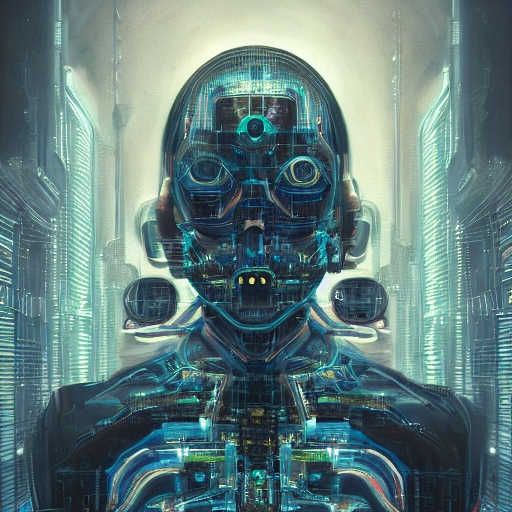
At a time when the world is poised for average global temperatures in the next five years breaching the 1.5 degrees mark above the preindustrial levels, emissions from AI power consumption cannot be ignored. The 1.5 threshold is beyond which irreversible climate change will kick in. Equally important is the need for security to ensure the data does not fall into wrong hands. The very data gathered to ensure safety of bank lockers could help a person rob the bank. In extreme scenarios, misleading information can be used by miscreants to set off panic. Regulations around data are scarce and need to be put in place. Data encryption will have to be fool proof.
Perhaps then, AI can be restrained to be at the service of mankind rather than replace humans. But can we apply the restraint? Or, let the galloping bot go on a rampage? Interesting times ahead, as man gets a taste of being the Creator.

